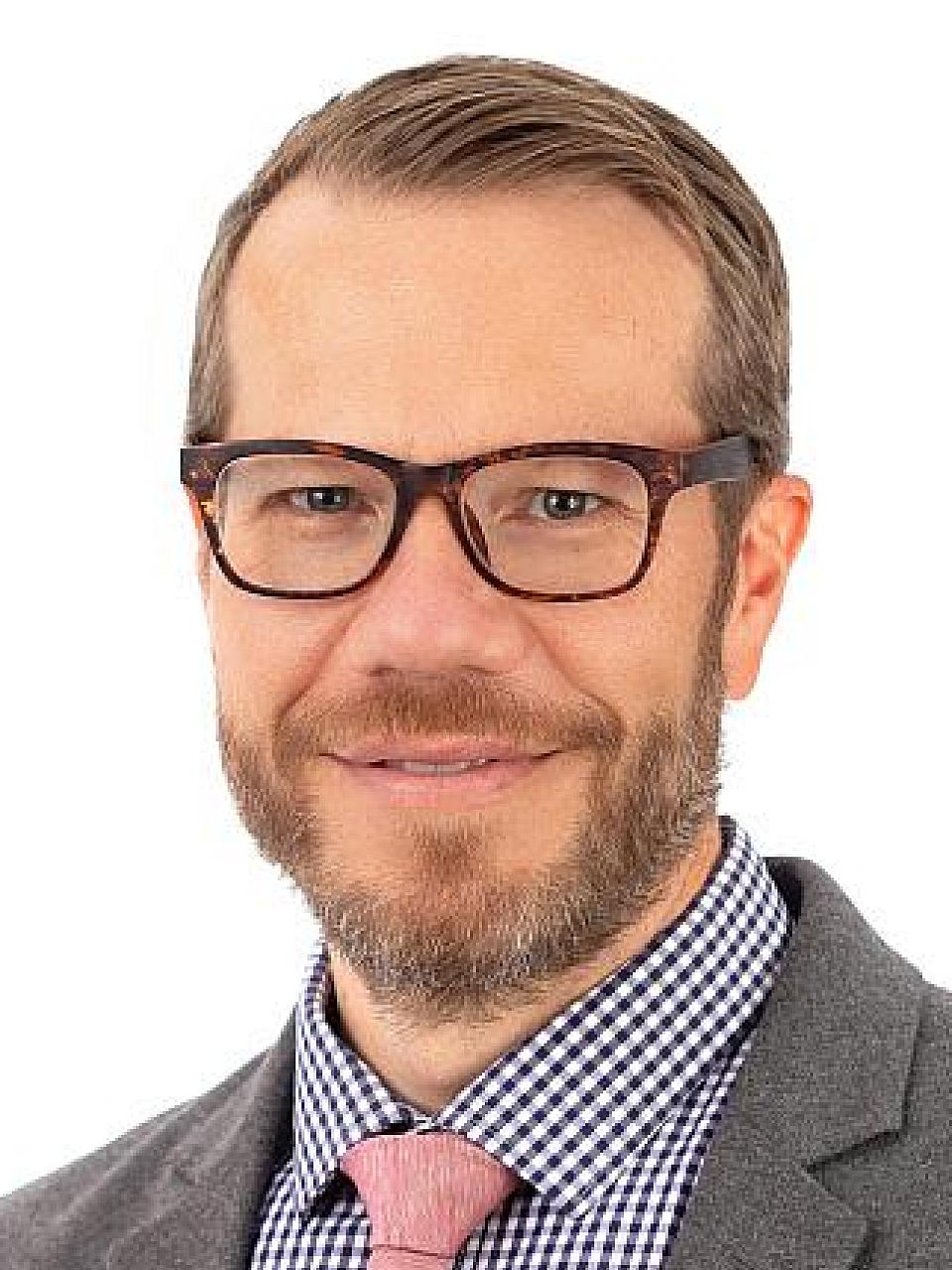Voices of U of U Health
Professional Identity Formation: Navigating Uncertainty
This is the first blog in a series about navigating the non-linear journey of forming a professional identity. We interviewed a wide variety of health care professionals about their journeys. Their lived experiences and related concepts can guide you in each stage of your career.
My 21-year-old son was recently lamenting how he feels “washed up.” He’s finishing his undergraduate degree and feels uncertain about what the future holds. Admittedly, I was taken aback that someone with his whole life ahead of him feels like they are “no longer effective or successful.”
I realize that it’s normal for people in their early adult years to feel discouraged. Whether you are 21 or 52, you might feel this way during key moments, decision points, and job transitions. For all of us, there will be moments when things aren’t going the way we want them to. Maybe you feel rudderless in your career and at the mercy of the job tides. You might even say, “washed up.”
Now what?
Well, here I am... alive. Now what do I do?
–Steve Martin
Comedian and actor Steve Martin wrote this in his journal at a moment when he felt his career was falling apart before it had really started. He asks an important but daunting question. The answer for some may be to continue following a general vocational interest. Others may feel paralyzed by anxiety about choosing a professional identity and direction right away.
Regardless of the career, everyone experiences the often-difficult process of professional identity formation—or thinking, acting, and feeling like the professional we want to be. Maybe you are resolute about a decision, committed to a general direction, or anxiously stuck.

Things to Know Along Your Identity Journey
Regardless of your current state, the following concepts can help you navigate career challenges.
Your Path Will Be Non-Linear
Naturally, we all want our lives to go from point A to point B in a straight line. However, this becomes an unhealthy expectation because life doesn’t unfold in this way. Journalist Po Bronson interviewed more than 900 people about their careers and how they found meaningful work.
As you might expect, each path had significant twists and turns. University of Utah researcher Boyd Richards, PhD, elaborates on this idea with a theory of happenstance—after challenges and frustrations, something unpredictable and unexpected occurs that fortuitously leads to the next career step.
Getting over the myth of the linear path and resetting expectations for a non-linear journey can be a helpful mind frame switch. Not every twist and turn will be enjoyable. But being mentally prepared for a long and winding road is a good start.
Find Positive Mentors
Within medical training, there’s a lot of evidence to support the importance of mentoring. While negative role models may demonstrate things to avoid, a positive mentor exemplifies what a healthy relationship to career looks like and how to navigate challenges in productive ways.
In his book How to Know a Person, David Brooks describes these individuals as “really good confidants” who act as a coach when we are deeply troubled. A good coach creates “a safe space where you can navigate the ambiguities and contradictions we all wrestle with,” Brooks explains. “They prod and lure you along until your own obvious solution emerges into view.”
For example, one of my former students needed a network of supportive faculty willing to advocate for him as he applied to a highly competitive specialty. He knew that his grades would not be enough. So, he worked hard to find people in his corner who were not jaded. They had high career satisfaction and were willing to reach out to programs on his behalf expressing belief in his ability to pursue his specialty.
After many challenges, these relationships ultimately led to successfully matching into his specialty.

Navigate Ambiguity
Early on in life, our decisions start out black and white: Should I finish high school and go to college? Yes. Should I avoid saturated fats in my diet? Yes.
As time goes on, decisions become less clear, especially around career-related areas. Two jobs may have similar pros and cons. Additional degrees or career interests may compete extremely well for your first choice.
Ambiguity complicates a clear-cut answer, and yet we are conditioned to want one, like a young student asking the teacher, “Just tell me the answer!” Researcher Baxter Magolda calls this a process of meeting a crossroads on life’s path and, in moments of tension and uncertainty, leaning on internal values to help guide the decision-making process.
Poet Rainer Maria Rilke offers this advice:
“Be patient toward all that is unsolved in your heart and try to love the questions themselves, like locked rooms and like books that are now written in a very foreign tongue. Do not now seek the answers, which cannot be given you because you would not be able to live them. And the point is, to live everything. Live the questions now. Perhaps you will then gradually, without noticing it, live along some distant day into the answer.”
Trust Yourself
Along with expecting nonlinearity and having a coach in your corner, you must trust yourself. Trusting that you can make decisions between two good things is critical as you meet a crossroads.
No matter where you are in your career, it’s not too late to apply these principles to challenges that lie ahead.
The next blog in this series explores how family, mission, and belief help shape the direction of one’s career.

